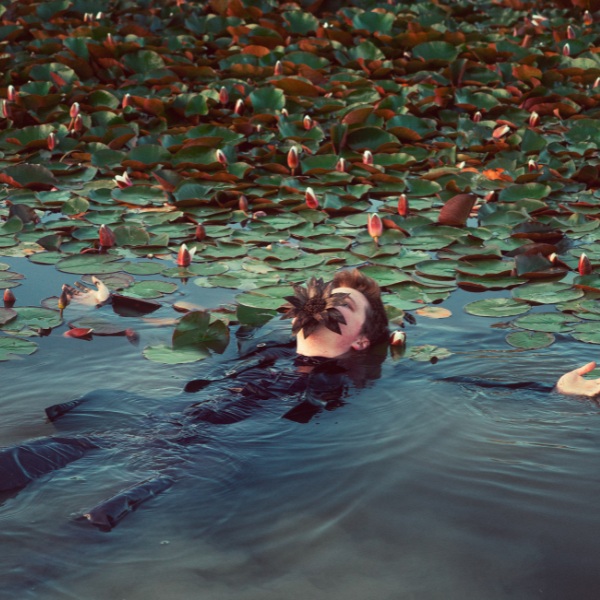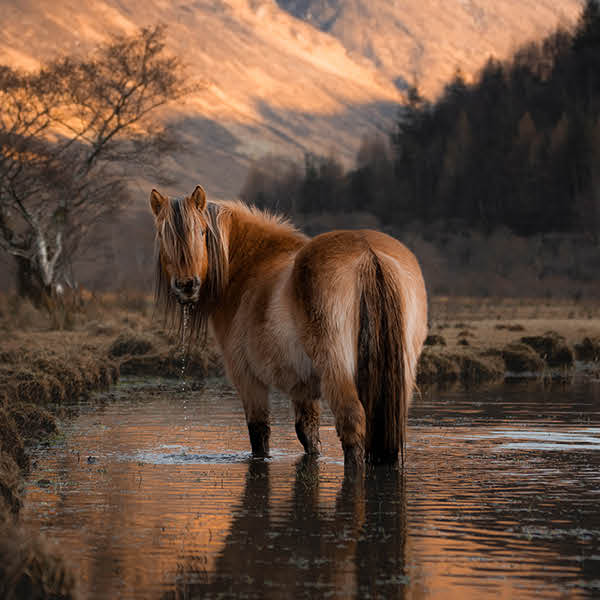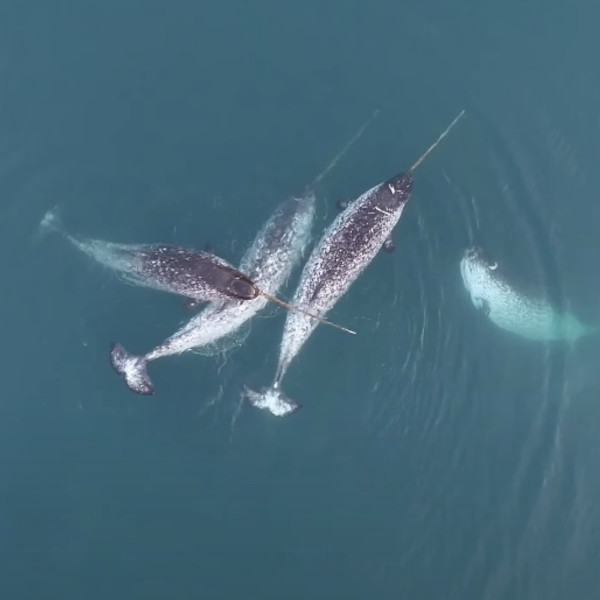
Great Pandas have long been on the “Most Endangered Species” list with only 1,864 left in the world. The survival of this rare and unusual mammal depends greatly on the efforts of animal conservationists, such as those at the Wolong Nature Reserve in China. The organization breeds pandas and trains them to be released into the wild—and their employees are seriously dedicated. Each staff member must wear a face-covering panda suit at all times, so the animals they work with don't adapt to human care, and can therefore be more easily returned to their natural habitat.
Even visitors to the Reserve must don the black-and-white costume. The above image shows photographer Ami Vitale, in full panda transformation, as she takes shots for the August issue of National Geographic. She spent a total of three years at Wolong, crouching in disguise in order to obtain her candid photos of both the majestic bears and the absurdly dressed humans. “It was often very difficult getting the access needed to make images that were special, but it made it all the more rewarding when I was able to capture those unique moments,” Vitale shared with The Creators Project. “[The pandas] will melt your heart. They smell like wet puppies and they make the most incredible sounds. Sometimes they squeak, other times its a growl, or a bark or maybe a huff. Their fur is not soft like a bunny but coarse to keep them insulated in those cold, wet climates.” For Vitale, it was worth the trouble to dress like a panda to witness such incredible creatures up close.
Check out Vitale's extraordinary photos of pandas and their more human variety:

“Ye Ye, a 16-year-old giant panda, lounges in a wild enclosure at a conservation center in Wolong Nature Reserve. Her name, whose characters represent Japan and China, celebrates the friendship between the two nations. Ye Ye’s cub Hua Yan (Pretty Girl) is being trained for release into the wild.” (National Geographic)

“At the Hetaoping panda center, bears being trained to live in the wild mustn’t get used to seeing humans. Even the caretakers who clean the animals’ cages wear costumes that make them look (and smell) like pandas.” (National Geographic)


“In the Bifengxia panda center nursery, keeper Li Feng handles a two-month-old cub. About 50 percent of giant panda births in captivity produce twins, but most mothers will care for only one infant, so human keepers pitch in. In the wild it’s likely that only one cub of two would survive.” (National Geographic)


“Camouflaged by a bamboo thicket, a giant panda will spend much of the day surrounded by and munching on its favorite food at Bifengxia. Pandas used to eat both meat and plants. At least two million years ago, their diet shifted to bamboo.” (National Geographic)


“Although giant pandas spend most of the day eating and sleeping, they love to climb and play. Here a year-old cub explores the treetops in a Wolong enclosure; if it passes tests to gauge its survival skills and instincts, it may be released into the mountains.” (National Geographic)

“In a large forested enclosure of the Wolong Reserve, panda keepers Ma Li and Liu Xiaoqiang listen for radio signals from a collared panda training to be released to the wild. Tracking can tell them how the cub is faring in the rougher terrain up the mountain.” (National Geographic)

“Blind, nearly hairless, squeaky, and 1/900 the size of its mother, a newborn panda is as needy as it gets. But it won’t be for long: The panda is among the fastest growing mammals, increasing from around four ounces to four pounds in its first month.” (National Geographic)

Ami Vitale: Website | Facebook | Twitter | Instagram
via [The Creators Project, Neatorama]
All images via Ami Vitale.
























































































